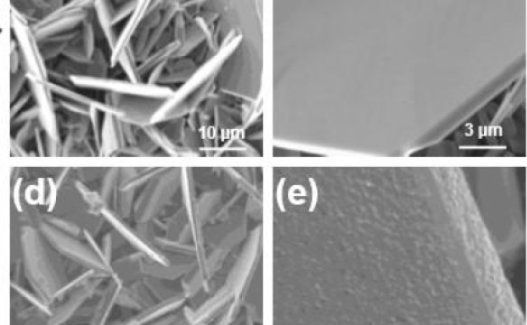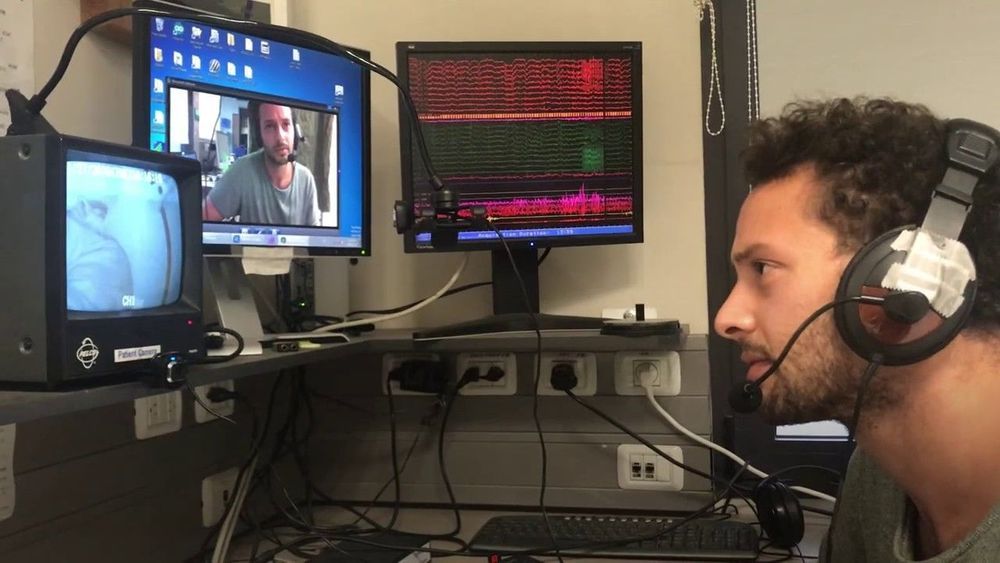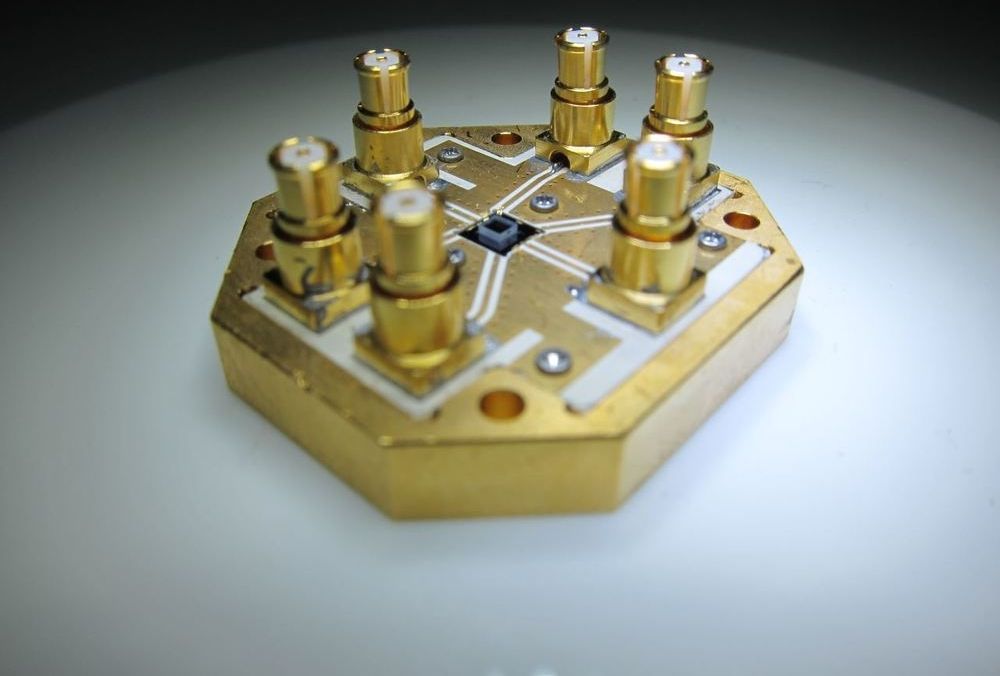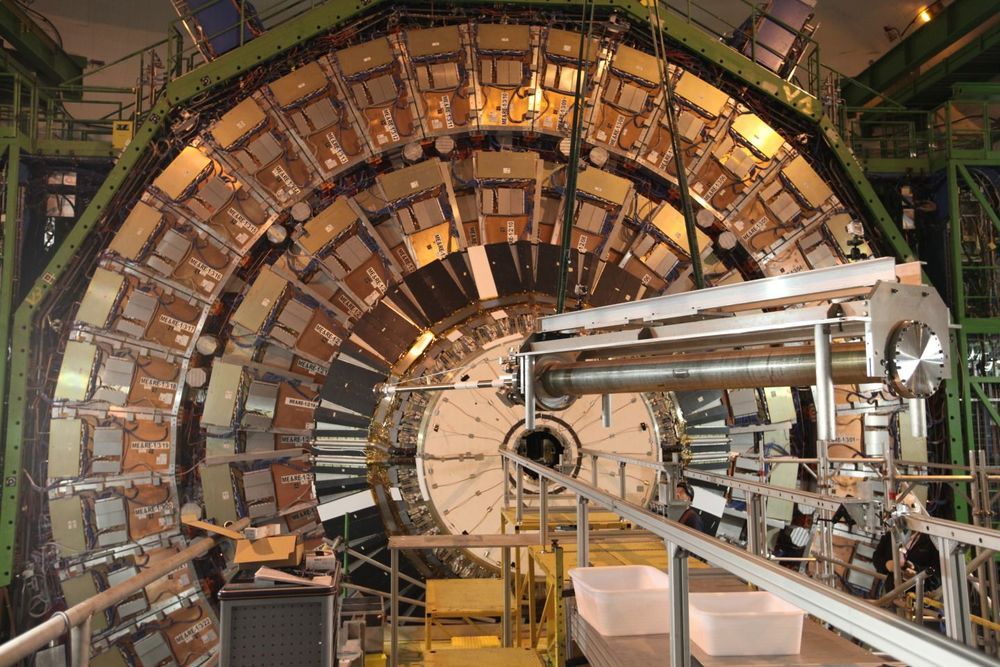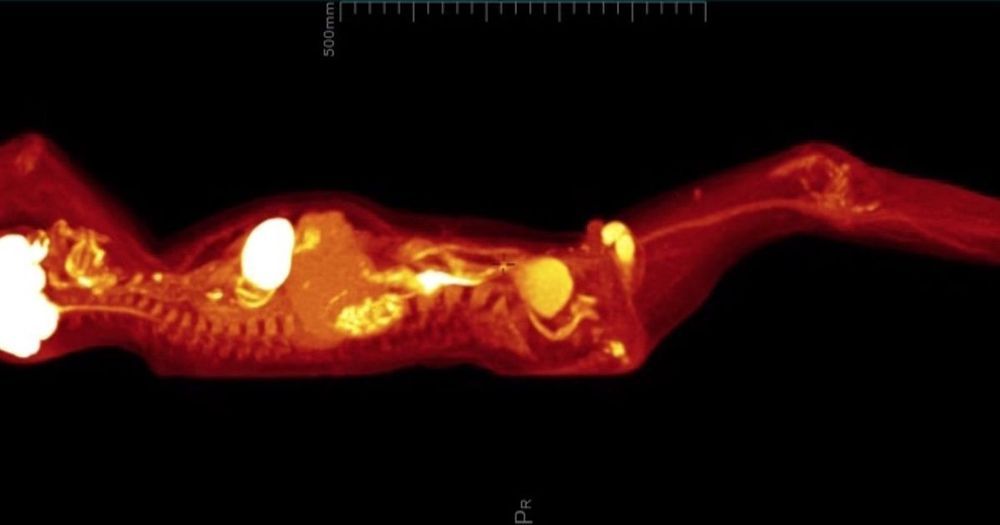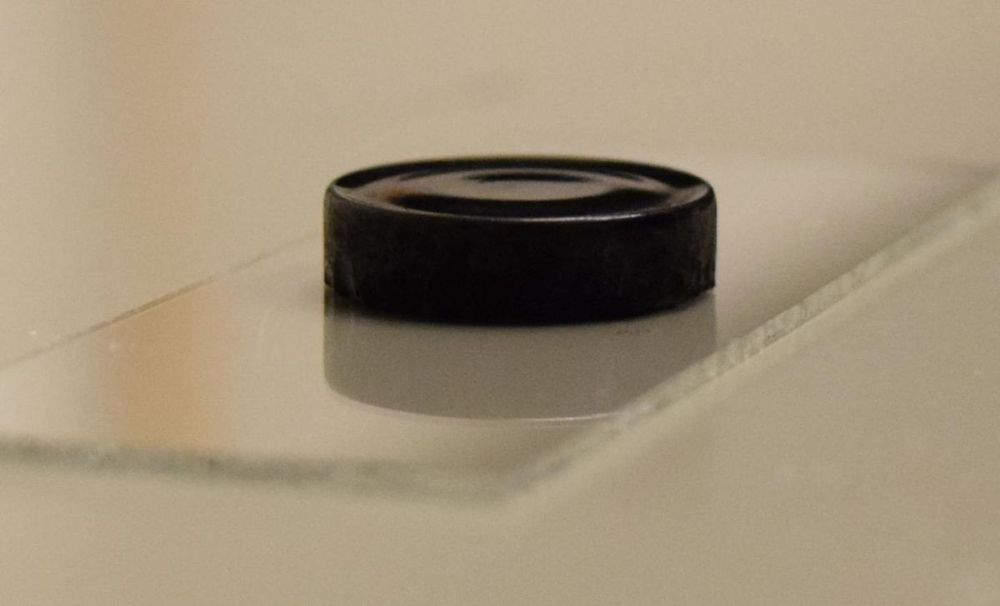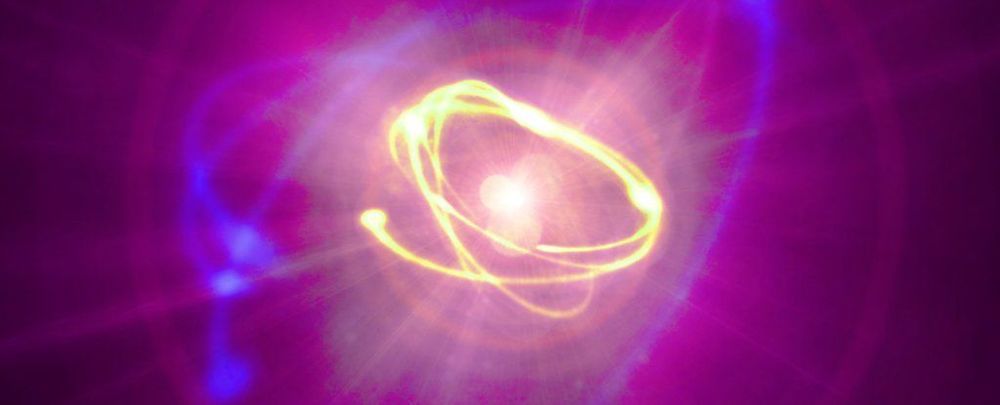The LG Wallpaper TV is the thinnest display I’ve ever seen or held. It’s thinner than a smartphone and I can easily pick up the 65-inch! It uses LG’s OLED technology so you’ve got super dark blacks, vibrant colors and the overall picture quality you’ve come to expect from OLED. Because the Wallpaper TV is so thin it connects to an external sound bar speaker for power and video connections. The speaker is louder than standard TV speakers and features Dolby Atmos capabilities.
LG Signature OLED TV W product page — http://geni.us/UnboxW7US
LG Signature OLED TV W on Amazon — http://geni.us/UnboxW7a
FOLLOW ME IN THESE PLACES FOR UPDATES
Twitter — http://twitter.com/unboxtherapy
Facebook — http://facebook.com/lewis.hilsenteger
Instagram — http://instagram.com/unboxtherapy
Google Plus — http://bit.ly/1auEeak


